Garden Essentials: Top 5 Must-Have Shrubs for Year-Round Beauty
By Jill Brooke

We know how important the spine is to the body right? Well, it’s time to look at shrubs as the backbone of any garden.
That is the mission of Eva Monheim’s book, “Shrubs & Hedges: Discover, Grow and Care for the World’s Most Popular Plants.”
With her signature enthusiasm and storytelling skills – she is a popular teacher at Longwood Gardens and the Barnes Arboretum at St. Joseph’s University – Monheim will also be sharing her wisdom for the Philadelphia Horticultural Society’s (PHS) event tomorrow at 12:30-2 p.m.
So mark your calendars for this lecture.
Called “Selecting Shrubs for Four Seasons of Interest,” this webinar will be moderated by PHS Vice President of Public Horticulture, Andrew Bunting and definitely worth the investment for anyone wanting to enhance their gardens.
As Monheim says, shrubs are often the unsung heroes who may not be as flashy as a fiery marigold or dazzling as big-faced dahlias, but they have many charms.
Who doesn’t love the fragrant lilac or the knock-out rose bush? Those we know.
But there are so many more shrubs to adore. “Shrubs have been here to help protect us early in man’s history, provide ready food sources and offer healing medicinals,” says Monheim. “Being out of touch with shrubs and nature in our modern-day has left a huge void in our landscapes.”
So what are her favorites?
Hmmm. That’s hard for her to choose since her knowledge is so vast.
“Shrubs with wonderful blooms, fruits, and medicinal properties include Franklinia (Franklinia alatamaha),Winterberry hollies (Ilex verticillata cv.), mountain laurel (Kalmia latifolia), camellias (Camellia spp.), chokeberries (Aronia spp.), viburnums (Viburnum spp.), spiraea (Spiraea spp.), blueberries and cranberries (Vaccinium spp.), magnolia (Magnolia spp.), rhododendrons and azaleas (Rhododendron spp.), hollies (Ilex spp.), crape myrtles (Lagerstroemia spp.), summersweet clethra (Clethra alnifolia cv.), Virginia sweetspire (Itea virginica cv.), lavender (Lavandula spp.) and so on,” she says.
But okay – we got it. There’s so much to learn. Almost makes your head spin with so many discoveries to explore.
So we asked her what about the Top 5 we should buy right now? Especially for those who want low-maintenance and big results.
Manheim reflects for a moment and like a light bulb being turned on, she then reveals these enlightening suggestions.
Here are her “5 Best Shrubs in Any Garden.”
![]()
1) Heptacodium
Heptacodium or the seven-son flower (Heptacodium miconioides) was discovered in China in 1907 by E.H. Wilson. But, it was forgotten about until another trip to China in 1980. It was in the 80s that the Heptacodium was reintroduced and finally got the attention it deserves. The white flowers in late summer make this plant ideal for pollinators. The fragrance fills gardens with its sweetness and the sepals elongate after the flower has fade and turn a carmine red color – looking like a second bloom. It’s bark is attractive too – peeling in long strips to give winter interest.
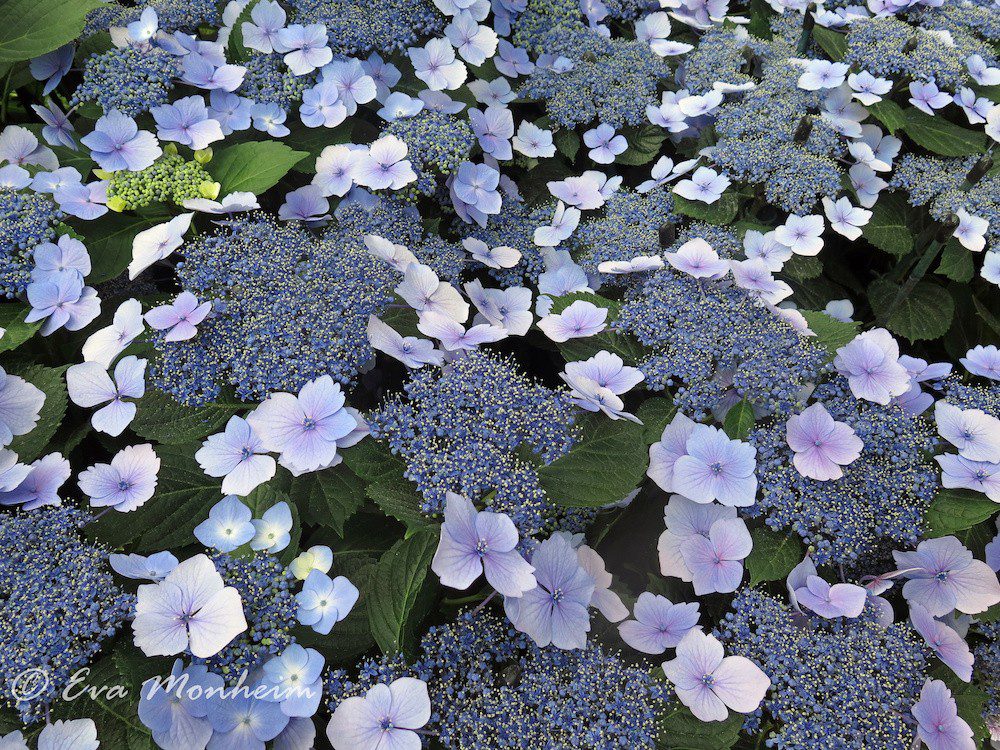
2) Hydrangeas
Hydrangeas (Hydrangea spp.) are a group of plants that need no introduction. Their showy heads in the garden make them ideal for summer interest and the heads stay on through the winter. Some are rebloomers and others only bloom once. (I have a chart in my book that introduces the reader to over 50 Hydrangeas and their reblooming characteristics.) The bigleaf hydrangea (Hydrangea macrophylla) is still used to make a special sweet tea called “tea of heaven” made from the young leaves. Buddhist monks use the tea in ceremonies. Large floral heads and tea – it doesn’t get better than this.
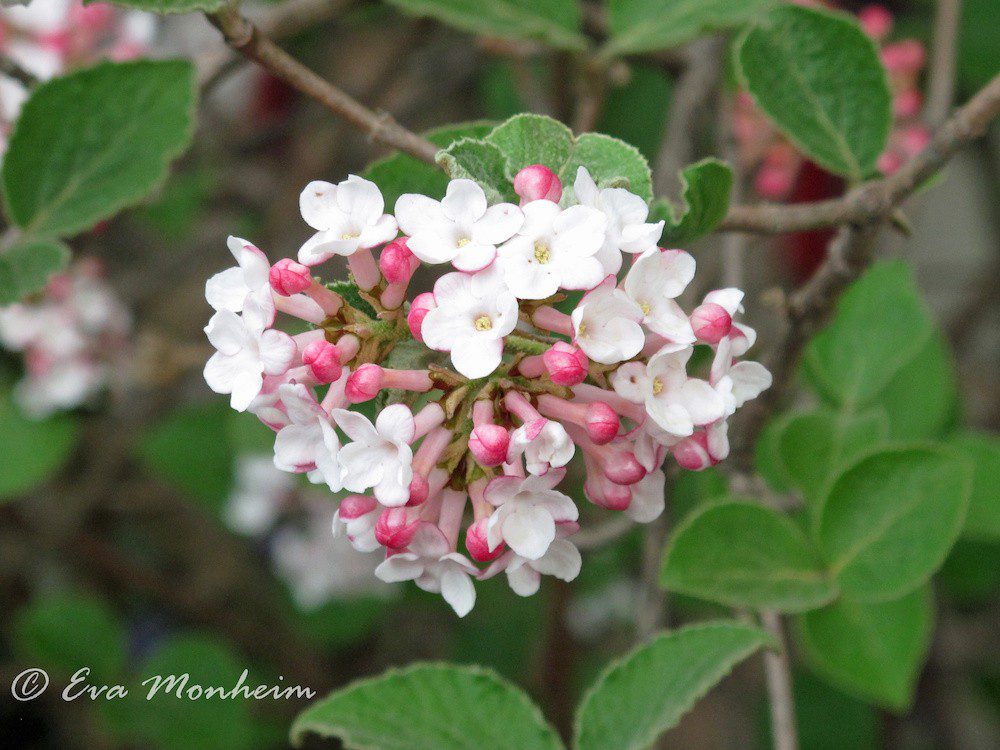
3) Viburnum
There is a viburnum (Viburnum spp.) for everyone and you don’t want to miss out on this group of plants. They typically have three to four seasons of interest providing beautiful spring bloom with some being extremely fragrant – all are followed with a show of berries that do not disappoint and the fall color is certainly something to swoon over. The black haw viburnum (Viburnum prunifolium) has beautiful clusters of blooms in the spring and late in the summer, the berries turn a deep plum color that is scrumptious to eat fresh or made into jam.
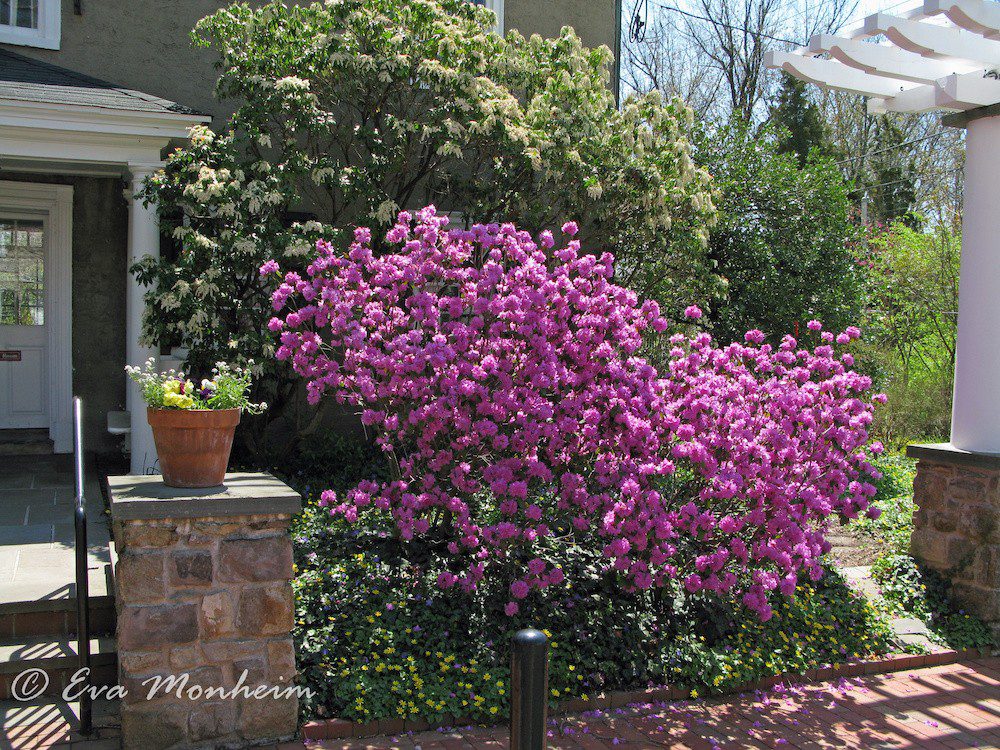
4) Rhododendrons and Azaleas
Rhododendrons and azaleas (Rhododendron spp.) had a special place in history in the U.S. They were the plants that brought our country out of the dark days of the Great Depression with their riot of color. In the 1930s, plant hunters and breeders were busy finding and creating the next best plant for the public to view. Gardens were amassed with both of these plants displayed in woodlands and in the very popular rock garden of the time. In a cool spring, some of the plant blooms could last for weeks before fading. Today we have the Encore® line of azaleas that will bloom in spring and then again in the fall. Having two bloom times provides a bonus not to be taken lightly. Breeders have worked on the fall-blooming azalea for years and they continue to improve their variations.
One of my favorites in this group of plants is the PJM rhododendron (Rhododendron ‘Olga Mezitt’ (PJM Group)). With an amazing bloom is consistent year after year and the bright green foliage turns a mahogany color in the winter. It’s a show stopper.
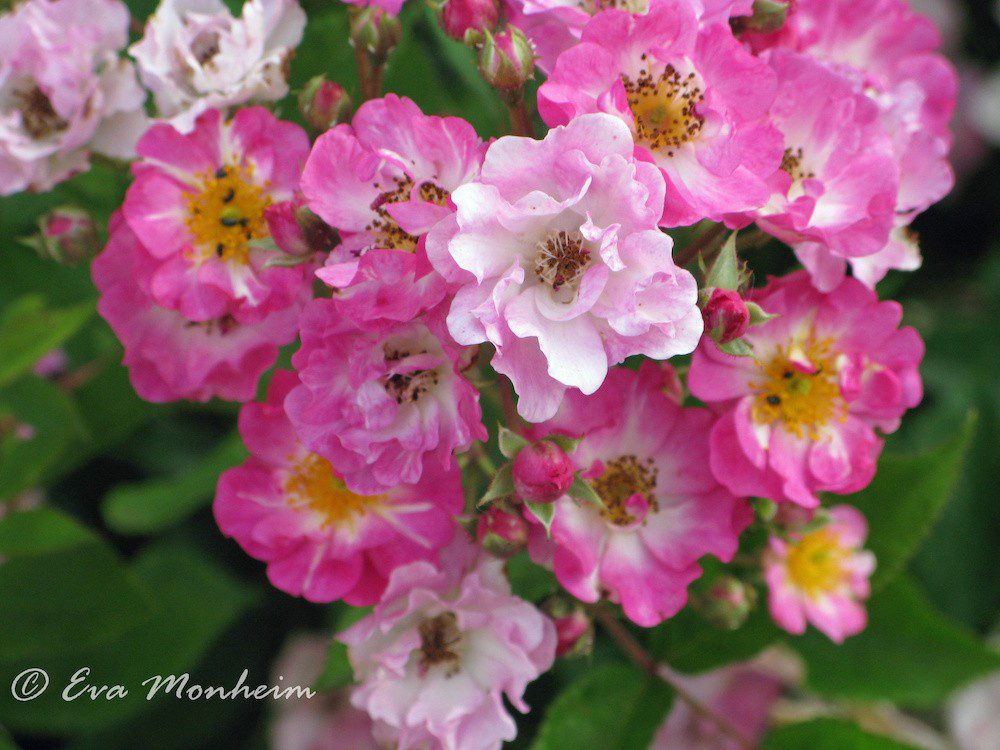
5) Roses
A garden would not be complete without roses (Rosa spp.). It wasn’t until 1867 that the first hybrid roses were created leading to reblooming roses. Most of the old roses that predate 1867 only bloomed once in May or June – leaving rose lovers disappointed once the season has passed. Since that time we have been spoiled with roses that bloom from May until frost so why not have a rebloomer in your garden. Today there are hundreds of roses to choose from including the famous David Austin® roses, the Knock Out® rose line, Oso Easy®, Flower Carpet®, and Easy Elegance® rebloomers. Color all summer also means flowers that you can cut and bring indoors for further enjoyment. The party doesn’t end until the first heavy frost.
And that is really what a garden can be – a fashion show of nature with all types of designs whether flowers or shrubs.
With her guidance, we then can, as Monheim says, “enliven our souls, make a connection to nature and other living creatures, and then we become one with the world.”
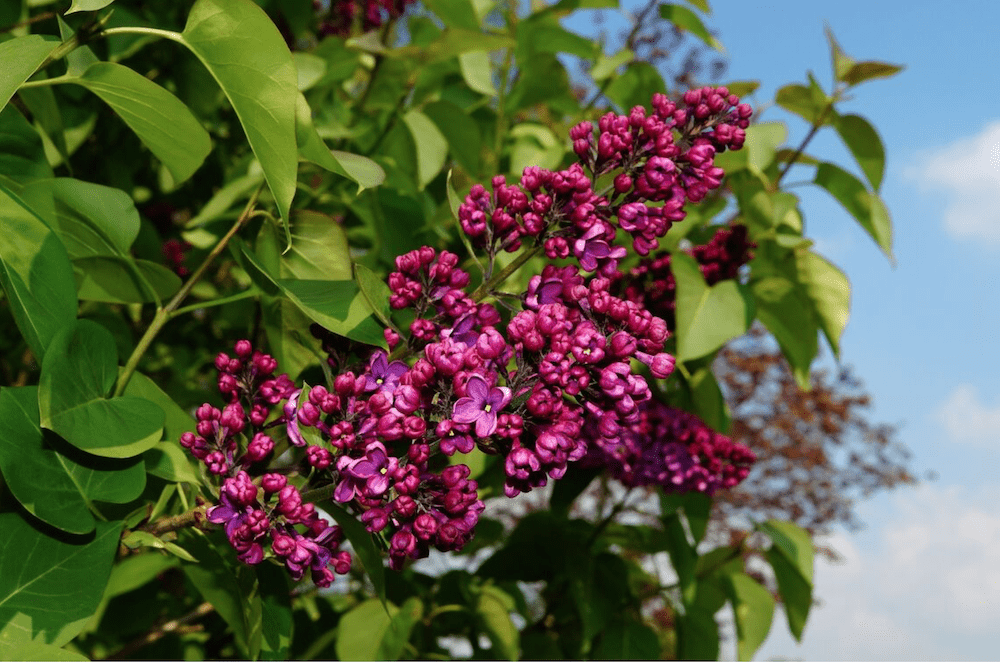
Jill Brooke is a former CNN correspondent, Post columnist and editor-in-chief of Avenue and Travel Savvy magazine. She is an author and the editorial director of FPD.
